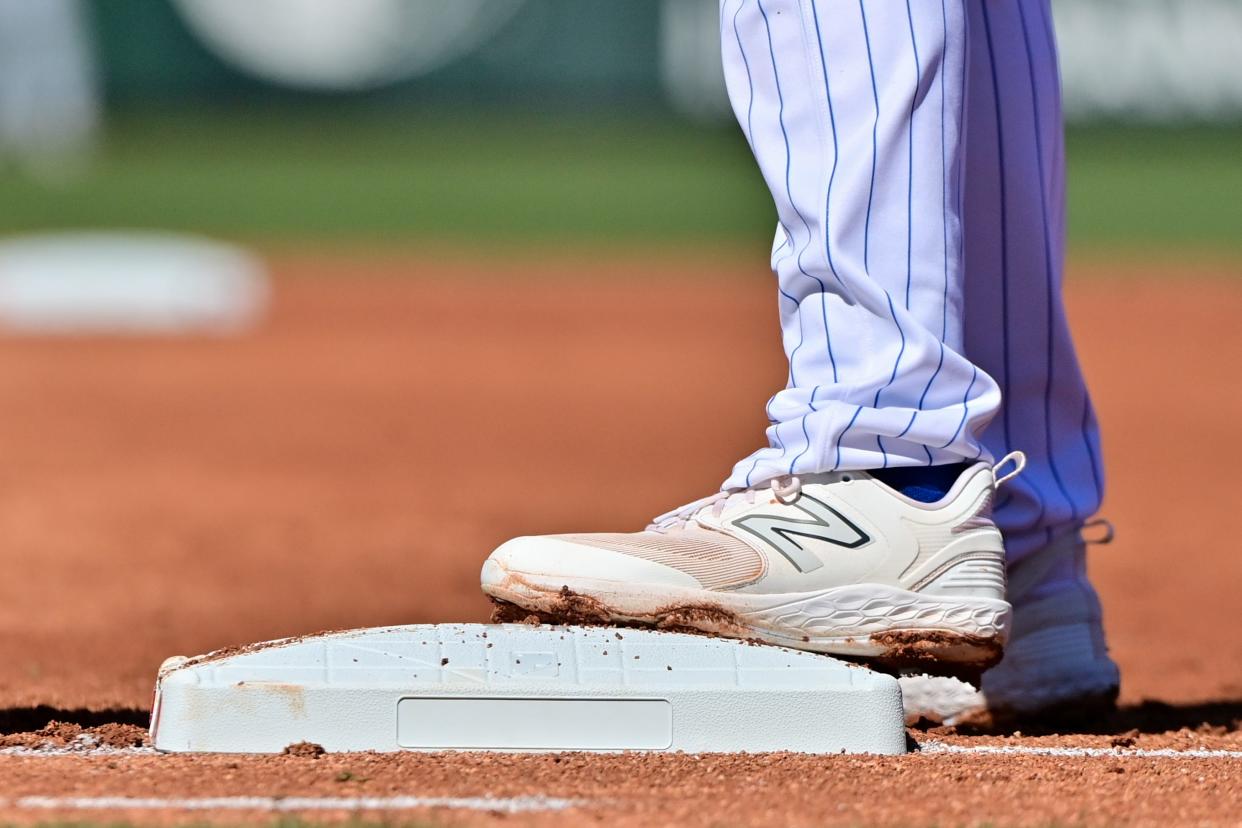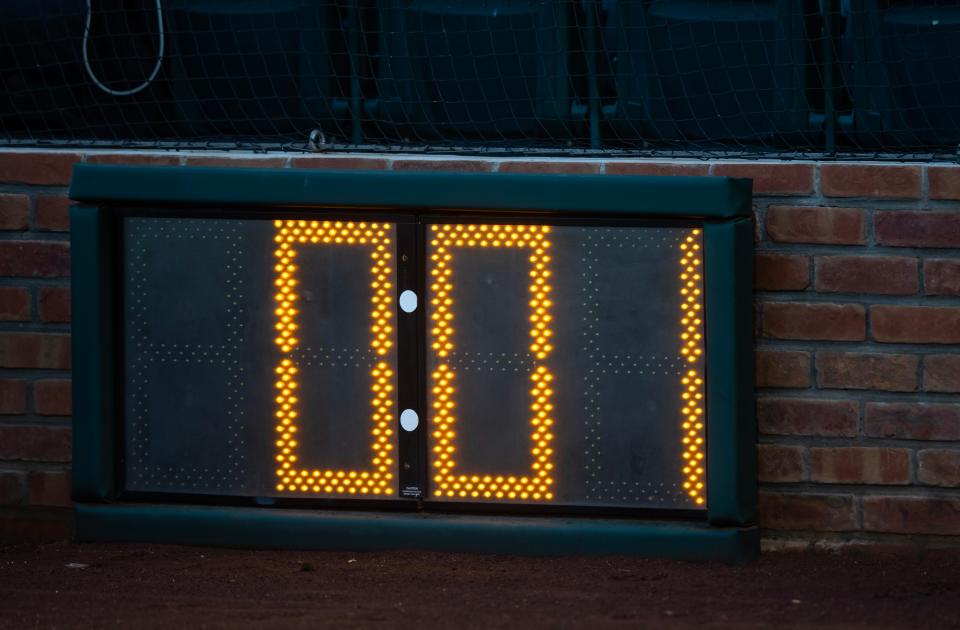No more shifts, faster pace of play and Robo Umps - here's what fans can expect to see at Polar Park this season

WORCESTER — Red Sox second baseman Dustin Pedroia once said he thought that longer baseball games were better since it meant fans got more for their money.
Nice try. All the empty seats in the seventh, eighth and ninth innings were a better barometer of how fans felt about endless games.
Baseball is trying to change that with rules adjustments designed to do several things. One is to simply speed up the games, and not just in terms of time, but in pace. Others are to encourage more contact and more base stealing. One is to take the human element out of balls and strike calls.
WooSox fans will see all of the changes at Polar Park this season. How they work out in the long term remains to be seen. No doubt there are sharp-eyed analysts out there already working on ways to circumvent the new rules.
Our courts of law call them loopholes.
There will be some tweaks needed, but in general, from earlier tries in the minors and this season’s spring training, the changes seem to be positive.
What to expect at Polar Park this season?
The most obvious and dramatic one is the shift rule. That is probably the most significant new rule in baseball since 1892, when the rubber was moved back about 4 feet, 3 inches to today’s 60 feet, 6 inches.
The shift rule says that the defensive team must have at least four players on the dirt part of the infield and two on either side of second base. You can have a five-man infield but not a four-man outfield. It will mean the end of those 5-3 scorecard outs with a shifted third baseman playing shallow right field.
This change is designed to increase contact. That should lead to more sensational defensive plays, more speed, more old-fashioned rallies where teams score using walks, singles, sacrifice flies, doubles, stolen bases and the occasional homer.

The pace of play rules are similar to last season. They regulate the amount of time between pitches and apply to both the batter and pitcher being ready. In Triple A, that is 14 seconds with nobody on base, 19 with runners on base.
The effect of that rule was dramatic last season. The average time of a nine-inning Triple A game dropped from 3:04 to 2:43. That was definite progress and possibly the start of a long-term trend. Not that long ago, most baseball games lasted less than 2½ hours.
Bases are 18 inches square as opposed to 15. That amounts to a half foot from first to second and second to third, which may not seem like much, but Dave Roberts would have been safe by a foot, not 6 inches, in Game 4 of the 2004 ALCS.
Also, how many times is a runner out by a couple of inches on a close play at first base? In general, each hit adds about two points to a player’s batting average during a season, and that might encourage more contact. Five hits is the difference between .293 and .302, and .300 remains one of baseball’s magic numbers.
Endless pickoffs and stepoffs are gone, too. Essentially, pitchers get two each plate appearance. They can try a third, but if it doesn’t work, it is a balk and the runner advances.
This rule would have driven the Clay Buchholzes and Josh Becketts into premature retirement.
Finally, there are the robot umpires for balls and strikes. The Hawkeye TrackMan system will notify the plate ump via an earpiece if a pitch is a ball or a strike, and the umpire responds accordingly. Teams are allowed three challenges a game by pitchers, catchers and batters — nobody else.
The rules adjustments are not entirely new to Triple-A baseball, and the speedup ones worked wonderfully last season. Now we’ll see if the humans who play the game and create the rules can keep up with the computers.
—Contact Bill Ballou at sports@telegram.com. Follow him on Twitter @BillBallouTG.
This article originally appeared on Telegram & Gazette: Pace of game picks up at Polar Park with new rules this season

